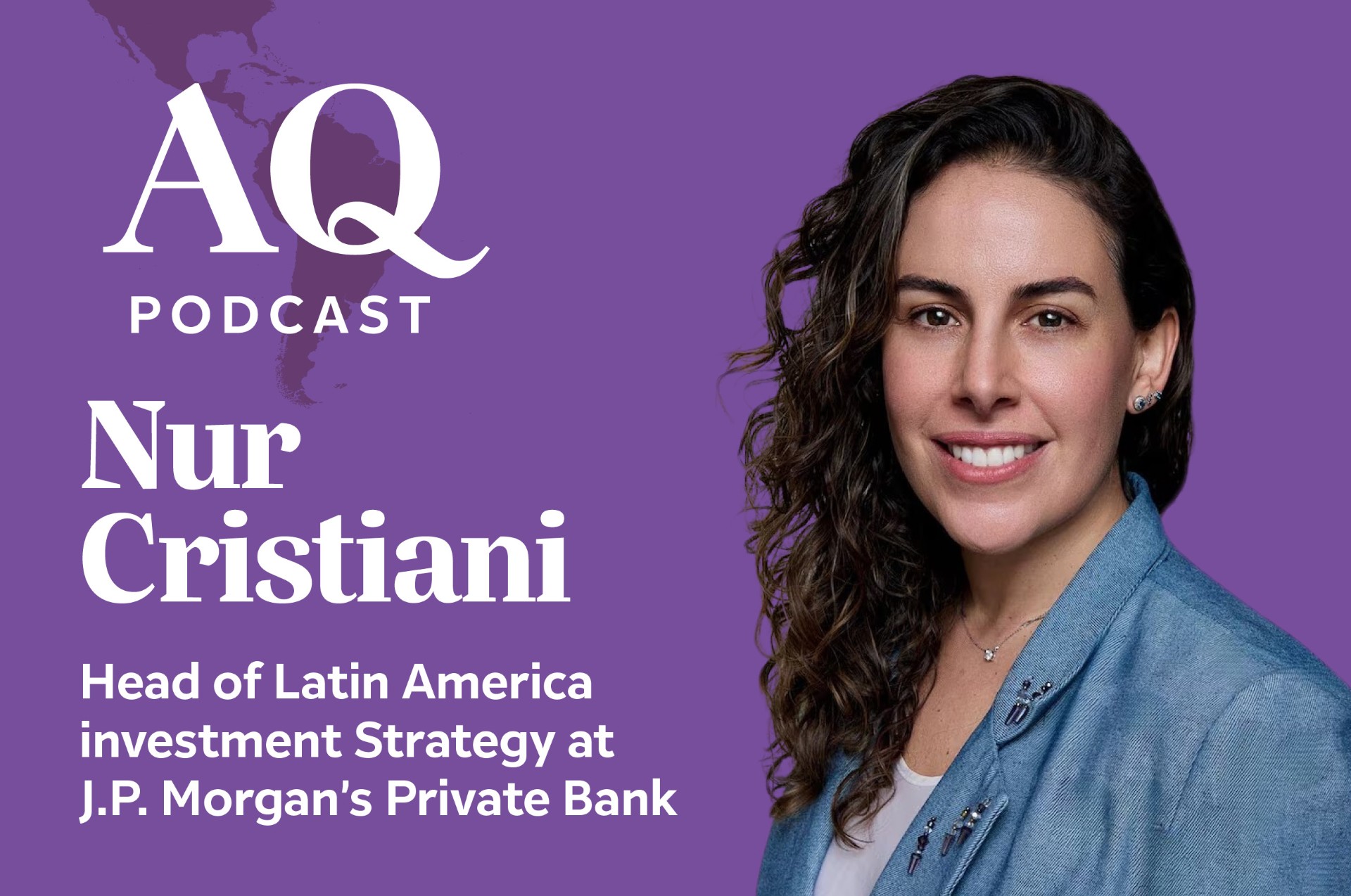Impact Investing: Profit Meets Purpose Americas Quarterly Issue Launch
Impact Investing: Profit Meets Purpose Americas Quarterly Issue Launch
At this Americas Quarterly Fall 2011 issue launch, speakers discussed the various dimensions of impact investing, including its definition, potential to impact social development and social inclusion, challenges for the industry, and the role of public policy.
Keynote Speaker:
- Elizabeth Littlefield, President and Chief Executive Officer, Overseas Private Investment Corporation (OPIC)
- Panelists:
- Antony Bugg-Levine, CEO, Nonprofit Finance Fund
- Margot Brandenburg, Associate Director, Rockefeller Foundation
- Liam Brody, Senior Vice President of Business Development and Corporate Relations, Root Capital
- Luiz Ros, Manager for the Opportunities for the Majority, Inter-American Development Bank
- Moderator: Christopher Sabatini, Editor-in-Chief, Americas Quarterly; Senior Director of Policy, AS/COA
Summary
Impact investing, the investment of capital for financial as well as social or environmental returns, is a growing development. It has the potential to unlock billions of dollars to address the problems of poverty and inequality, including sustainable agriculture, affordable housing, accessible healthcare, clean technology, and financial services for the poor. This event, like the Fall 2011 issue of Americas Quarterly on impact investing, discussed the various dimensions of impact investing—including its definition, potential to impact social development and social inclusion, challenges for the industry, and the role of public policy.
Defining Impact Investing
Speakers acknowledged that the term “impact investing” can sometimes be a murky one. They defined it as a form of direct investment with the intention of creating a positive social and environmental impact while also generating a financial return. Until recently, people viewed financial investments and social development in a “bifurcated” way, said Antony Bugg-Levine, CEO of the Nonprofit Finance Fund and co-author of “Hype or Promise” in the Fall 2011 Americas Quarterly. On one end of the spectrum, private individuals and funds invest for purely financial returns. On the other end, government-funded programs and private philanthropic contributions support social causes. But under the framework of impact investing, private individuals, governments, and philanthropists need to determine how to harness impact investment to complement public resources in solving society’s most pressing challenges.
The Returns of Impact Investing
As president of the Overseas Private Investment Corporation (OPIC), Elizabeth Littlefield said her organization’s mission is to finance highly developmental initiatives that are not financed by commercial markets—as well as to develop the enabling financial structures. Whereas private investors might not ordinarily invest in such projects for fear of risk, OPIC’s projected returns for impact investing funds have had a surprisingly positive financial performance, ranging from “low single digits for debt funds, low teens for fund-to-fund, and similar-to-commercial return rates for equity funds.” OPIC policy requires all government-funded projects to be commercially viable; in fact, OPIC earns a profit which it returns to the U.S. Treasury each year. Similarly, Root Capital, which aims to grow rural prosperity by investing in small-to-medium-sized agricultural businesses, had a 98 percent investment return success rate.
Speakers affirmed their belief in the market opportunity for this newly emerging asset class. Littlefield predicted that it can shoulder a large portion of the world’s developmental burden, since it can offer investments with limited or mitigated risk. Following the 2008 financial crisis, a greater number of companies and funds seek to invest in safer long-term investments, even if they are on the low-yield side. By marketing impact investing as a valuable “asset class” with emotional value, instead of labeling it as a “philanthropic organization that pays back,” the industry can expand and be increasingly profitable, thus attracting new investments. Finally, public-private relationships with funds specifically dedicated to impact investing will help generate momentum to expand the market size and financial returns.
Challenges for the Industry
Nonetheless, there is room for improvement. Panelists agreed on some of the key challenges faced by the industry. A lack of proven social impact measurement methods is a major hurdle. Credible systems need to be developed to hold the industry and all participants accountable for financial and non-financial performance. The industry must be professionalized; some fear that tensions between business and social approaches will arise. Investors will have greater confidence in the industry if impact investments are monitored and evaluated according to standards that are as rigorous as those for other retail investments. Investors should broaden the range of financial instruments, such as risk mitigation or political risk insurance and liquidity. Finally, regulatory restrictions should be changed. Current regulatory policy supports the “bifurcated world” of investment and philanthropy; there are no adequate public-policy structures in place to promote impact investing. For example, funds may not be able to invest explicitly in social purposes because strict regulations and high taxes demand positive-yielding portfolios. A tax credit for social investment would incentivize impact investments. The panel concluded that it is vital for the impact investing community to introduce systemic changes in order to realize their true potential.








